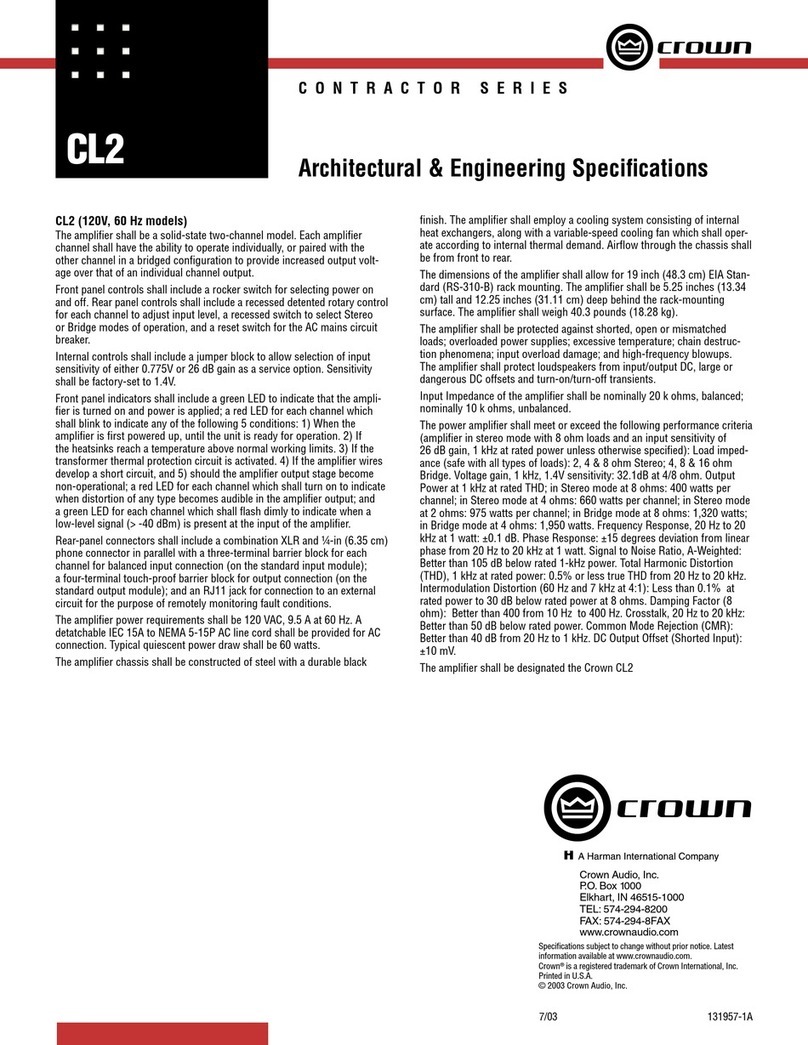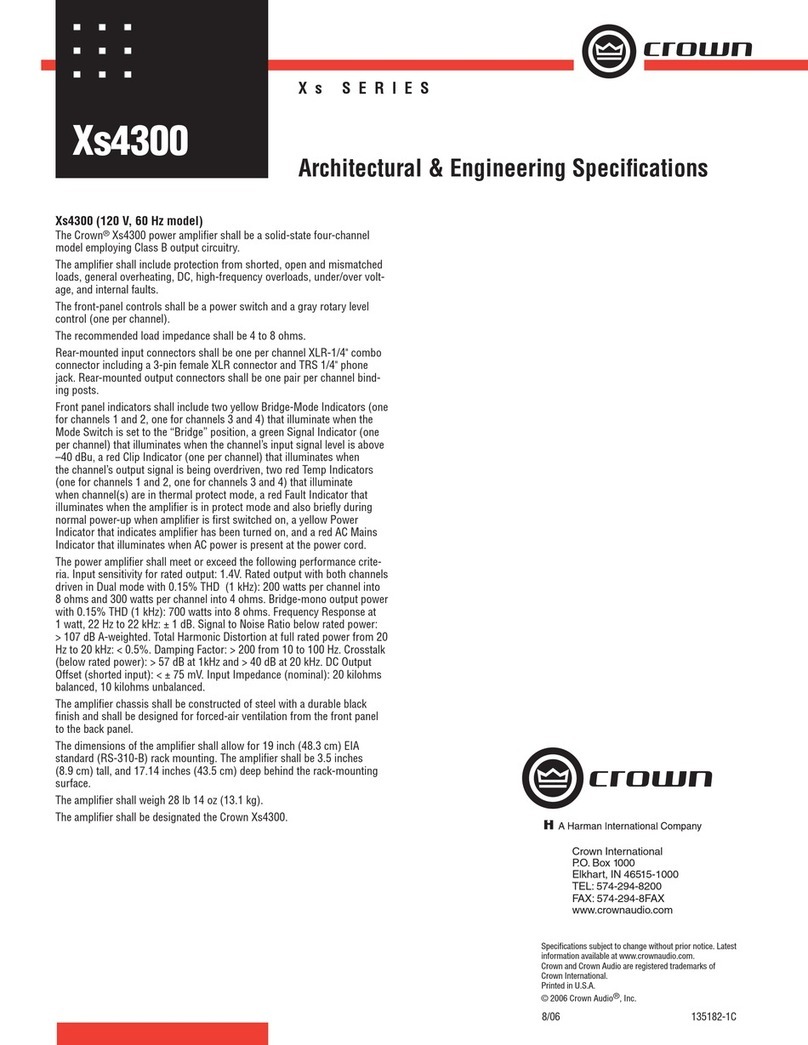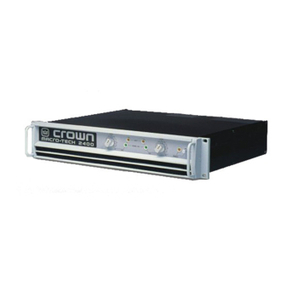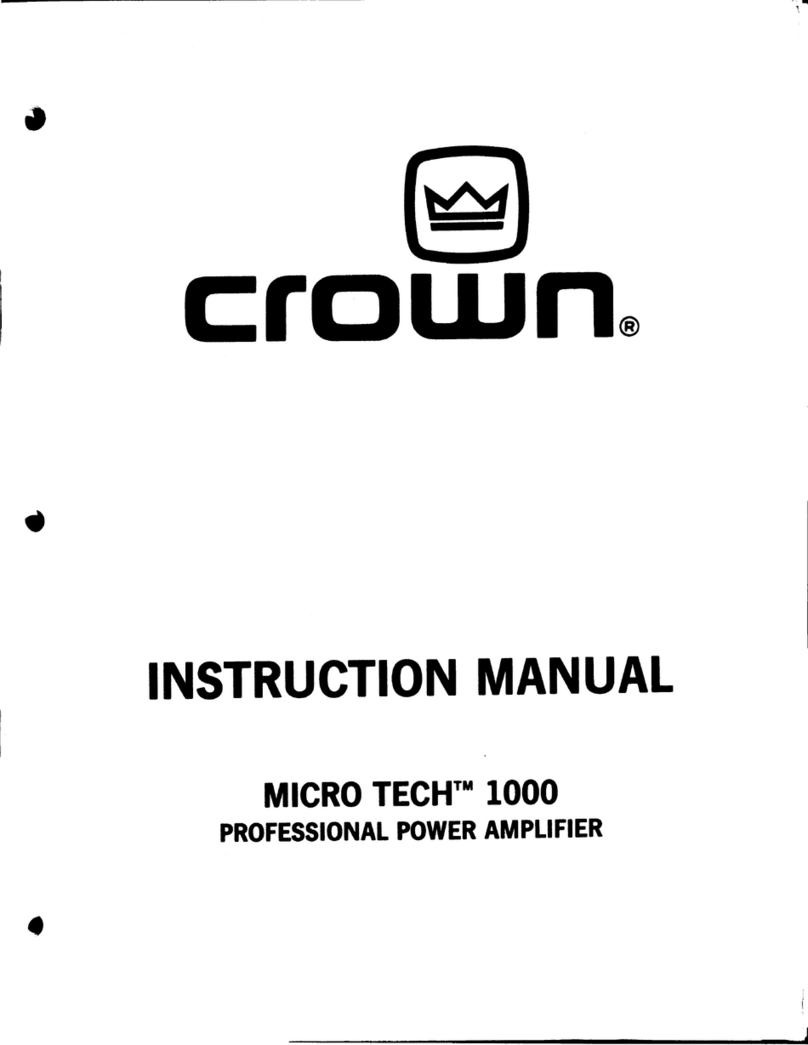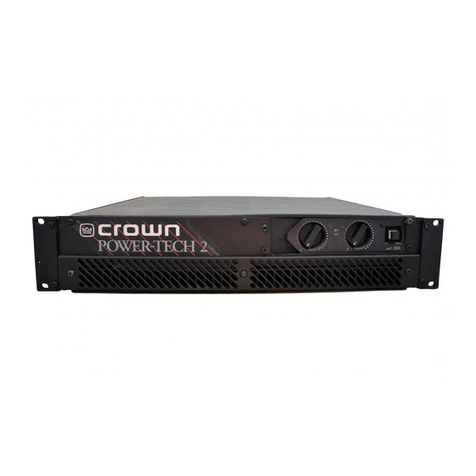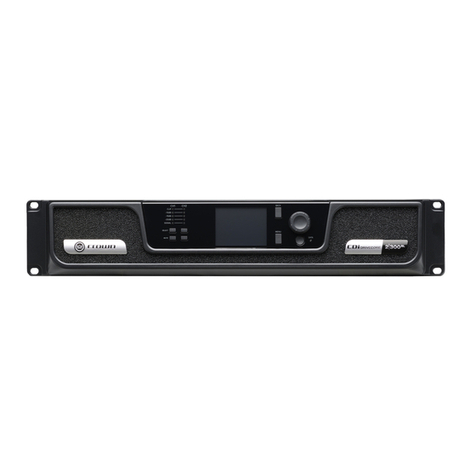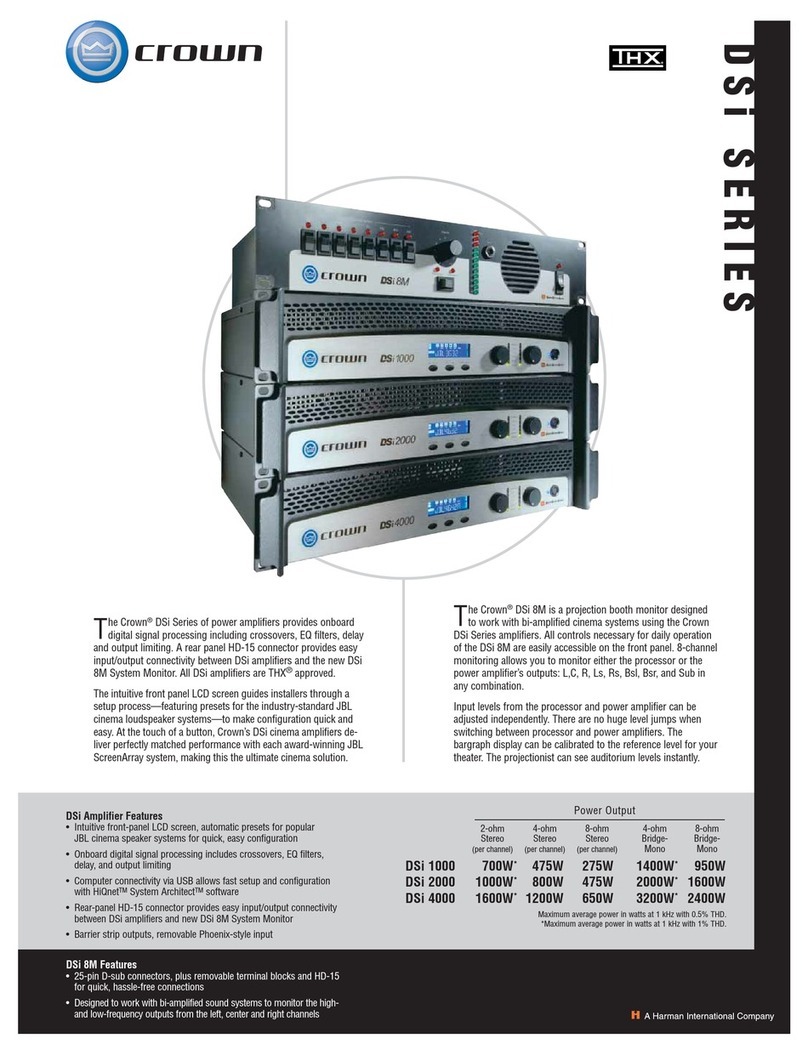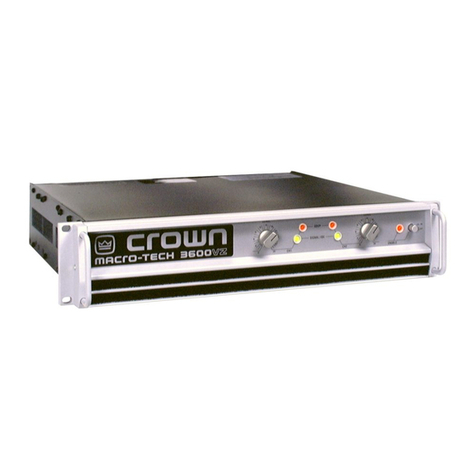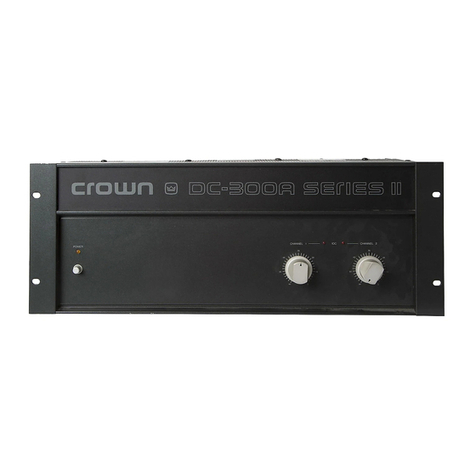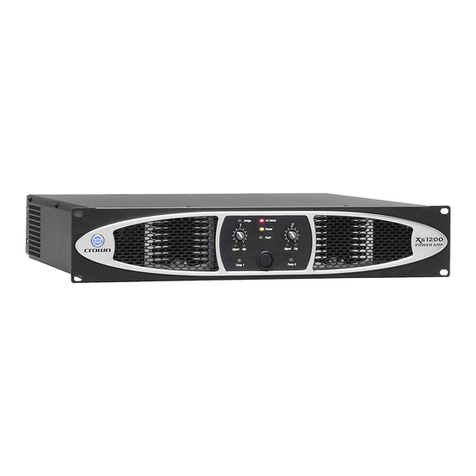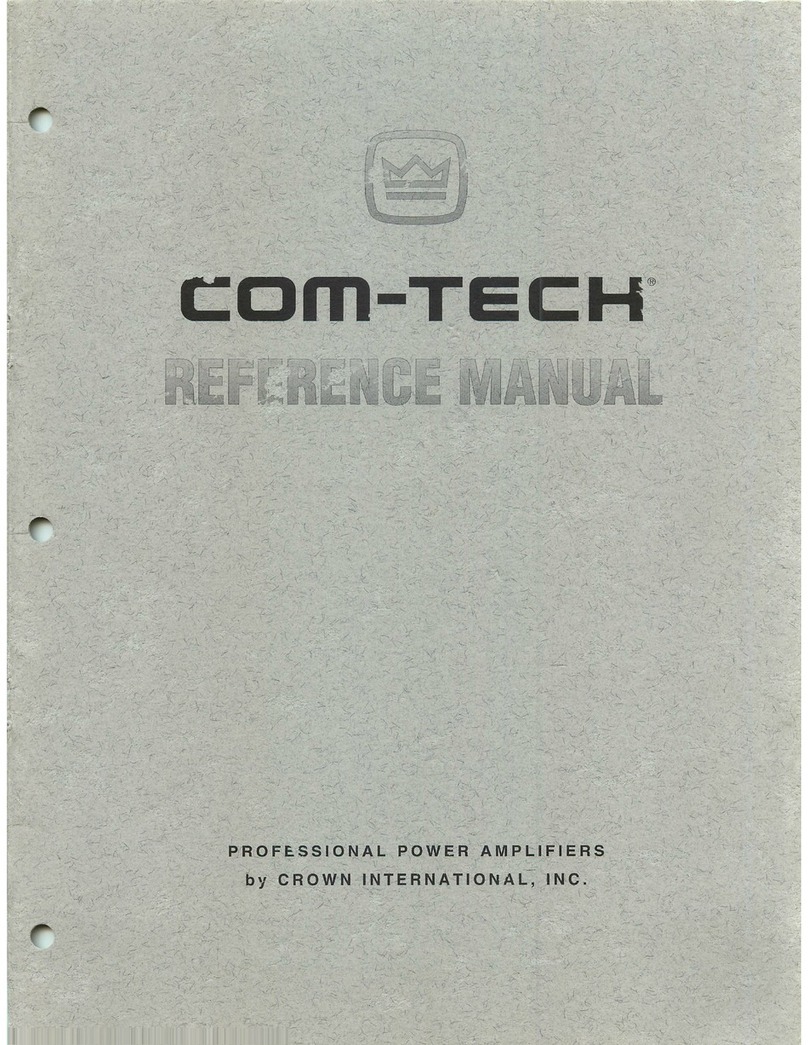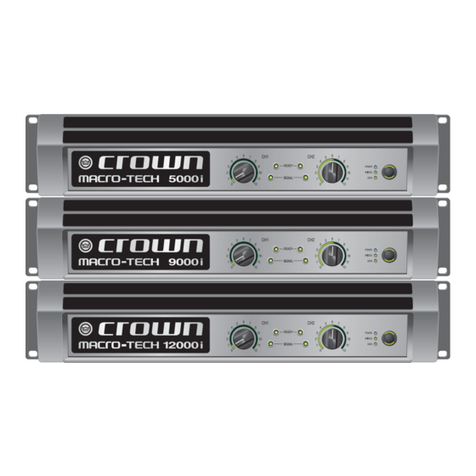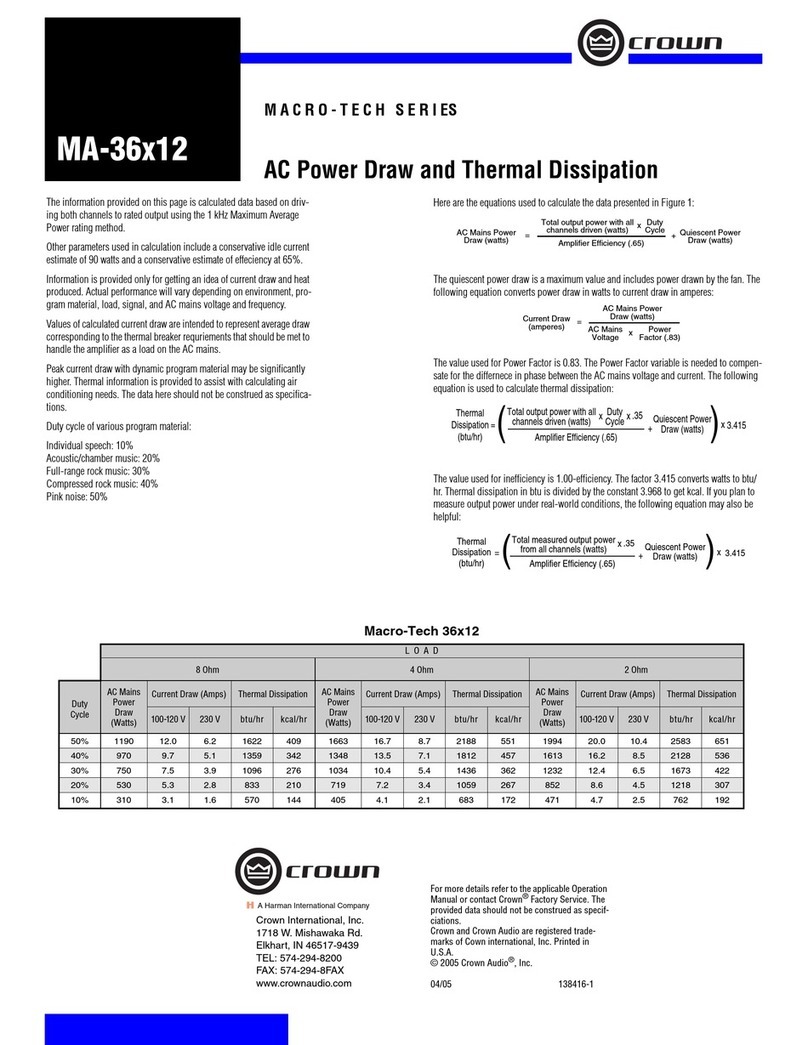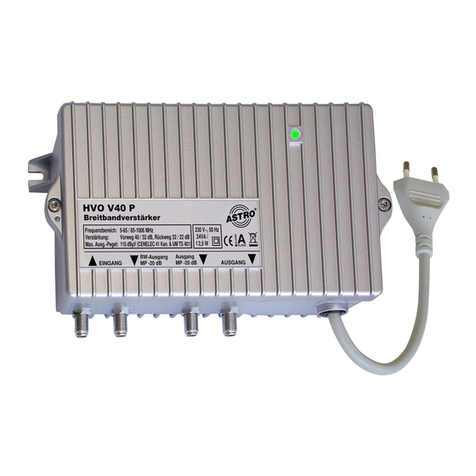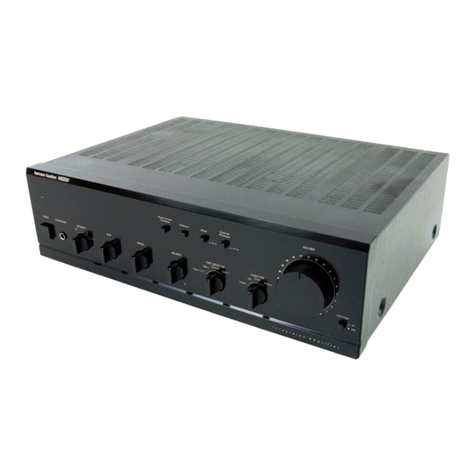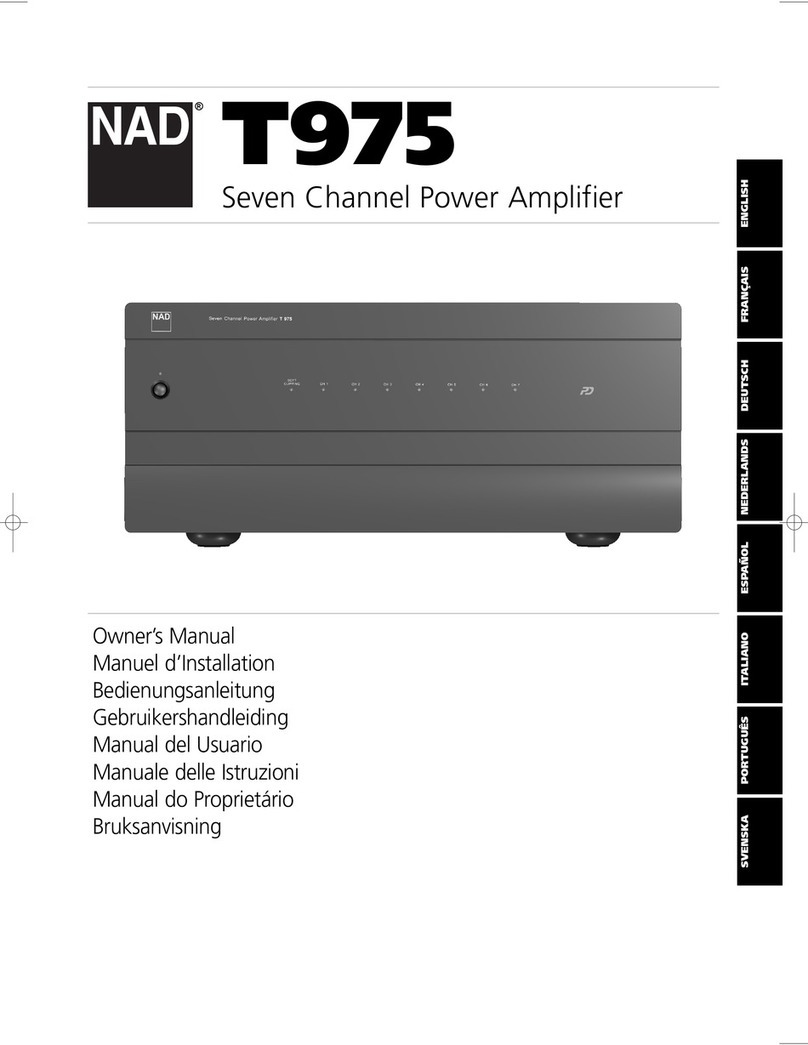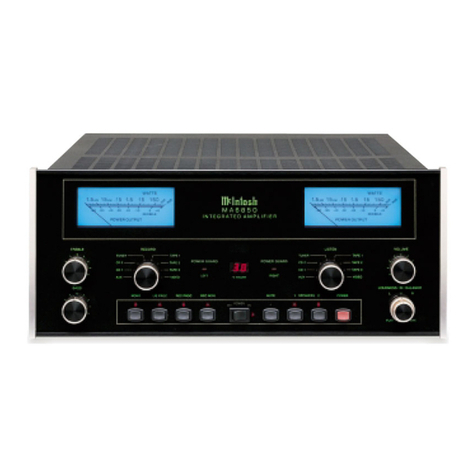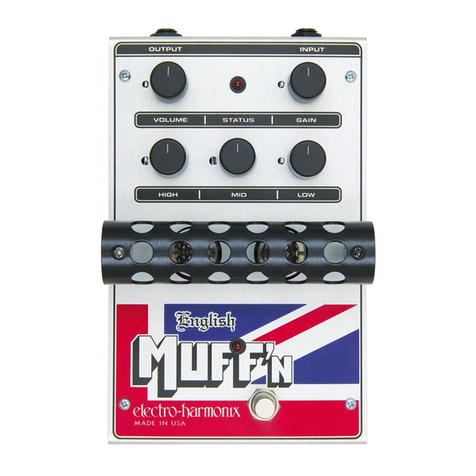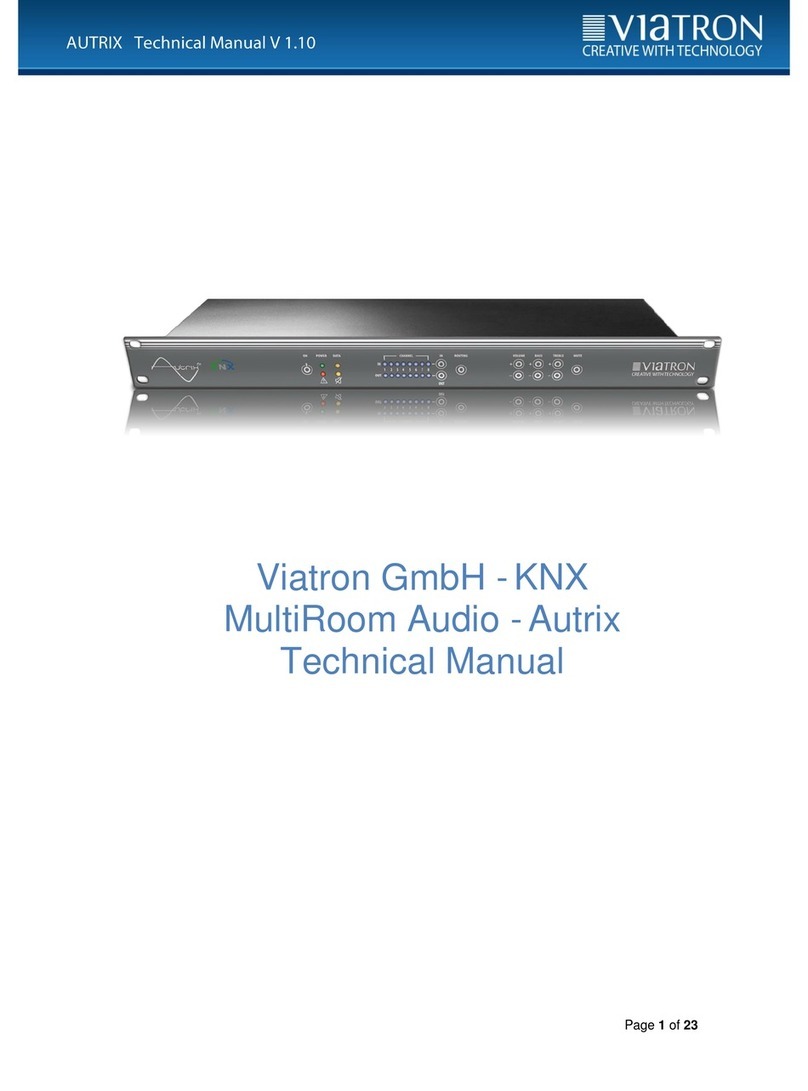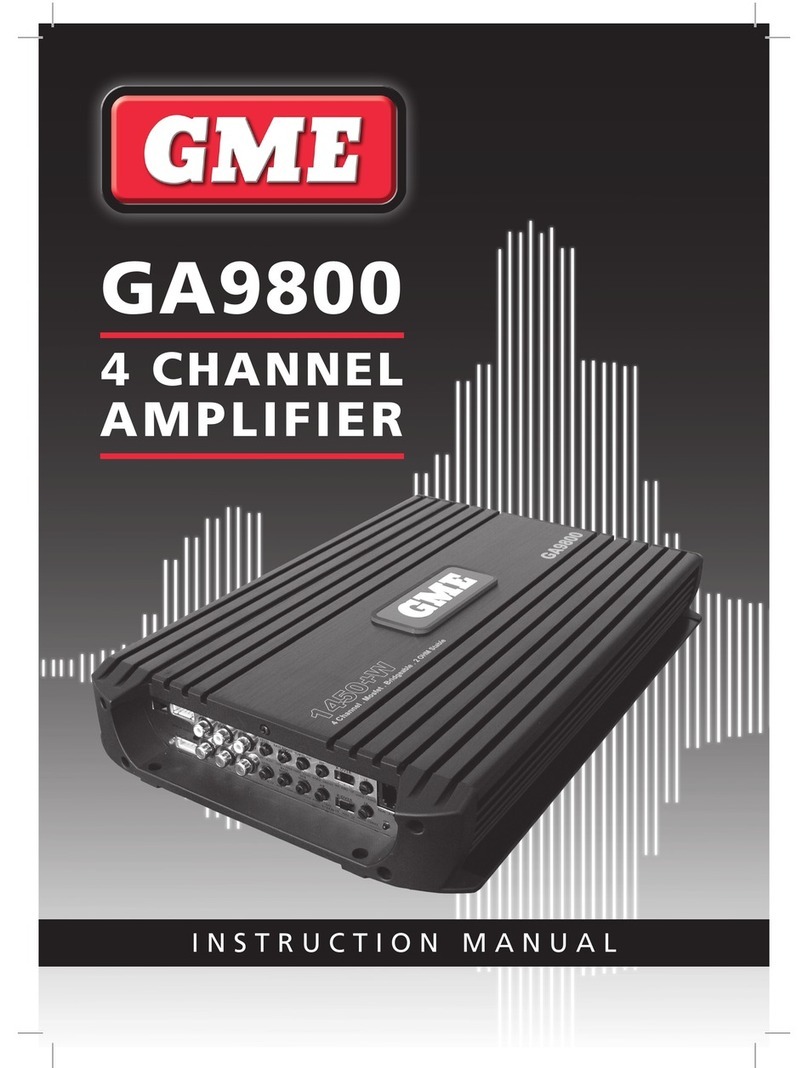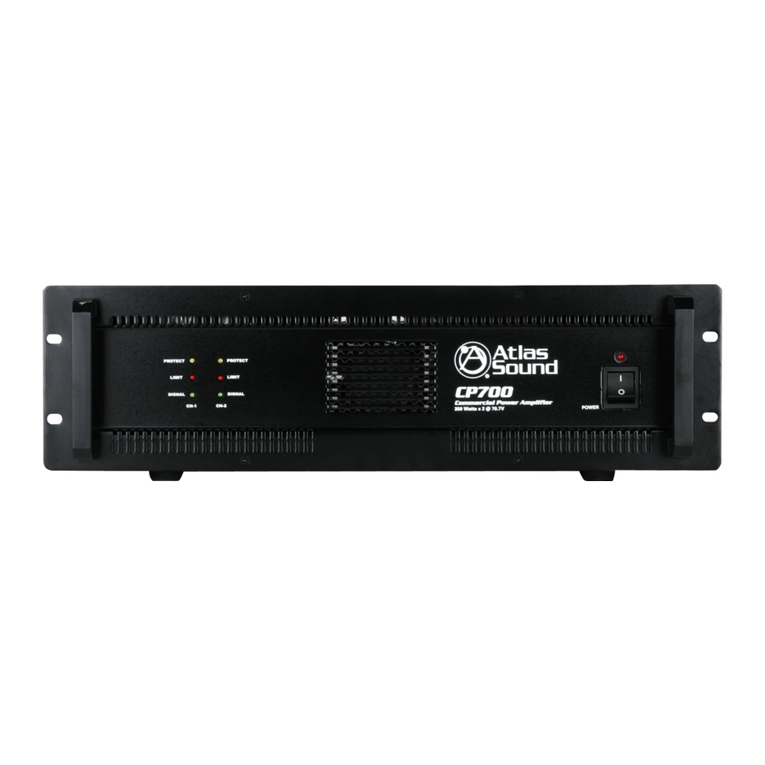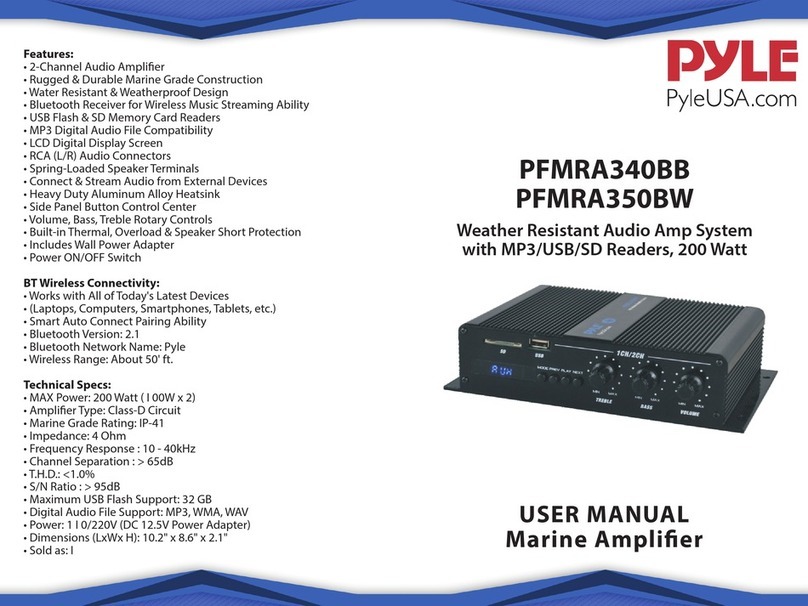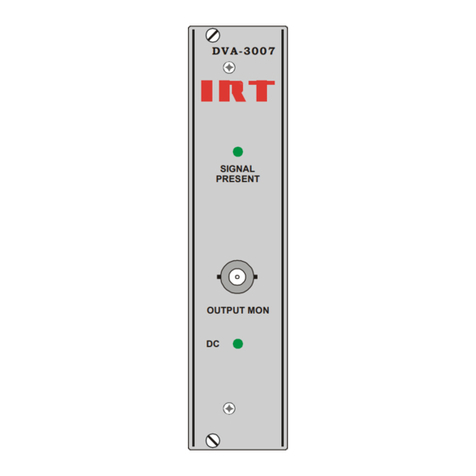Page 2
K-Series BalancedCurrentAmplifier™
Read all safety and oper-
ating instructions before
operating the K-Series
amplifier. Follow all
instructions carefully and
heed any warnings given.
Hi! I'm Mick, I'll
be giving you the
details about your
new K-Series Amp!!
ObtainassistancefrObtainassistancefr
ObtainassistancefrObtainassistancefr
Obtainassistancefromqualifiedseromqualifiedser
omqualifiedserom qualified ser
omqualifiedservicevice
vicevice
vice
personnelifanyofthefollowingoccurs:personnelifanyofthefollowingoccurs:
personnelifanyofthefollowingoccurs:personnelifanyofthefollowingoccurs:
personnelifanyofthefollowingoccurs:
• The power cord or plug has been
damagedin any way.
• Foreignobjectsor liquidhasfalleninto
theamplifierenclosure.
• The amplifier has been exposed to
rain or has been partially or totally
immersed in any liquid.
• Theamplifier hasbeendropped orthe
chassis has been damaged.
• You notice a marked change in per-
formance,oryour K-Series ampother-
wise does not appear to operate
normally.
CAUTION:
Do not locate sensitive,
high-gain equipment such
as preamplifiers or tape
decks directly above or be-
low the unit. If an equip-
ment rack is used, we
recommend locating the
amplifier(s) in the bottom of
the rack and the preampli-
fier or other sensitive equip-
ment at the top.
Friendly Page
of Tips and
Warnings
Keep your K-Series amplifier
away from sources of heat,
such as a radiator or oven.
Do not cover or surround your
amp with material which may
retain heat, such as a
blanket or curtain.
Important:
Driving heavy loads for sustained periods of time
may cause parts of the amplifier’s case to reach
temperatures which will be hot to touch. But don’t
be alarmed.The amplifier’s internal protection
circuitry ensures maximum temperature levels will
remain well below any level that might be
harmful to the amplifier.
